
Find the perfect fit with Amazon Prime. Try Before You Buy.
Yakovlev Fighters of the Great Patriotic War

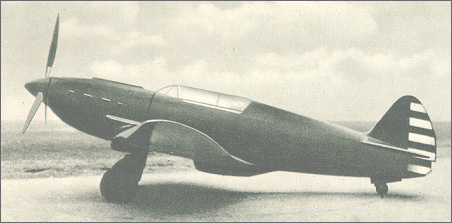
Designed to be as simple to manufacture as possible, while still retaining the robust strength that had always characterized Russian aircraft, the Yak was surprisingly nimble and fast for its generation of design. The Yak-1 had considerably closed the "fighter gap" that existed at the beginning of the Russo-German conflict. The Yak-1 was able to hold its own to some degree with the Bf-109. Never satisfied with almost good enough, the Yakovlev Bureau maintained a constant development program. This resulted in the Yak-1M (see errata notation at the end of the article). This improved fighter had the fuselage behind the pilot cut down and a new cleverly designed semi-bubble canopy was installed which provided for vastly improved rearward vision. What the Yak-1M lacked in sophistication, it made up for simplicity of service. Unfortunately, the little fighter was under-armed although it matched the weaponry of its main rival, the Bf-109F. The -1M was fitted with the Klimov VK-105PF V-12 engine. The original intent was to install the more powerful VK-107 engine. However, due to development problems the Yak-1M was built with lesser output motor.
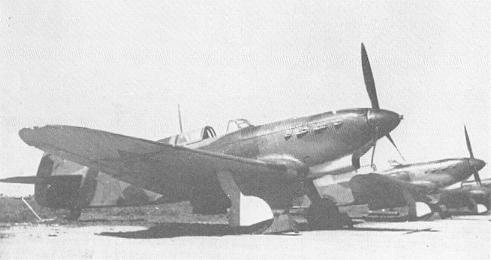
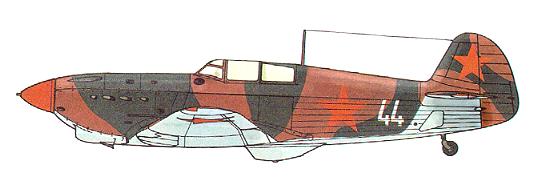
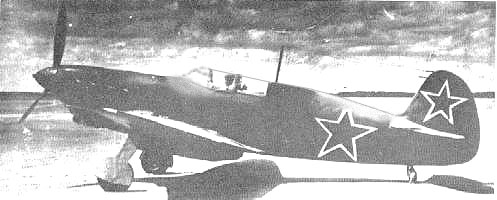
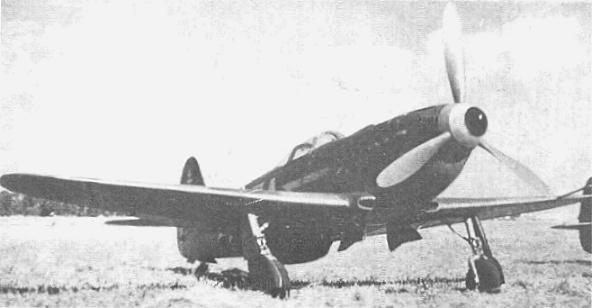
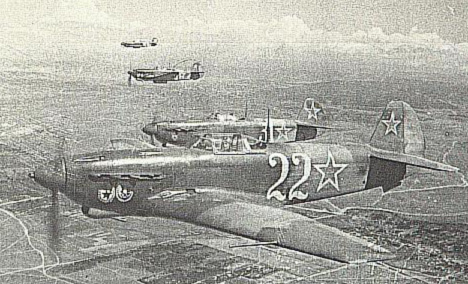
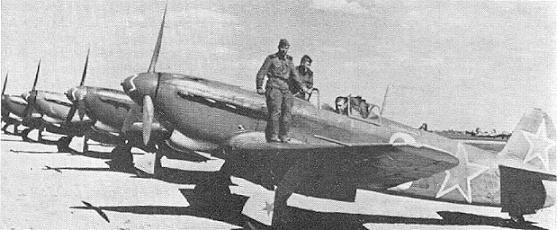
The following correction is supplied by Terrill Clements-
"The common designations for Yak-1 fighters used by most
Western sources are erroneous in several
significant respects. The biggest error is the use of the 1M designation
for the "bubble canopy" version of the Yak-1. In actuality, the -1M was
an experimental prototype used in the Yak-3 development program, and
only a few were built. What most everyone calls a Yak-1M was not really
given a separate designation at the time. It was just another Yak-1, and
these came in several distinguishable versions themselves. For the sake
of postwar discussions, these have come to be known as the Yak-1b, but I
think that is only an after-the-fact designation, as indeed so many
designations are for Soviet wartime aircraft. During the war the
Russians themselves seldom bothered with the same sort of elaborate
designations and sub-designations that the other combatants used, other
than to sometimes designate major engine changes".
